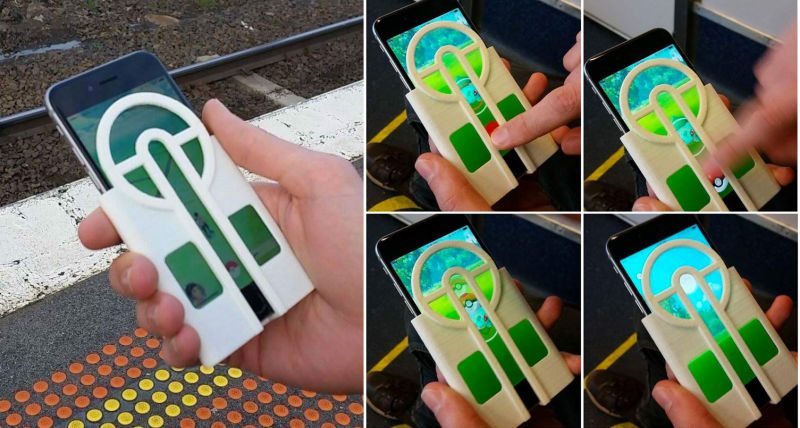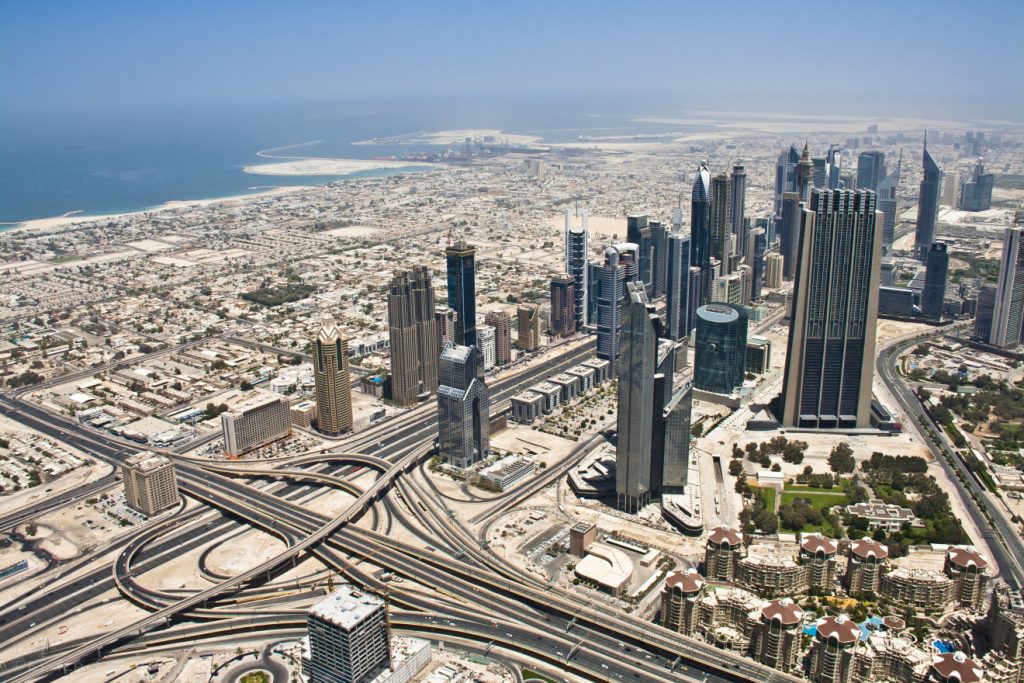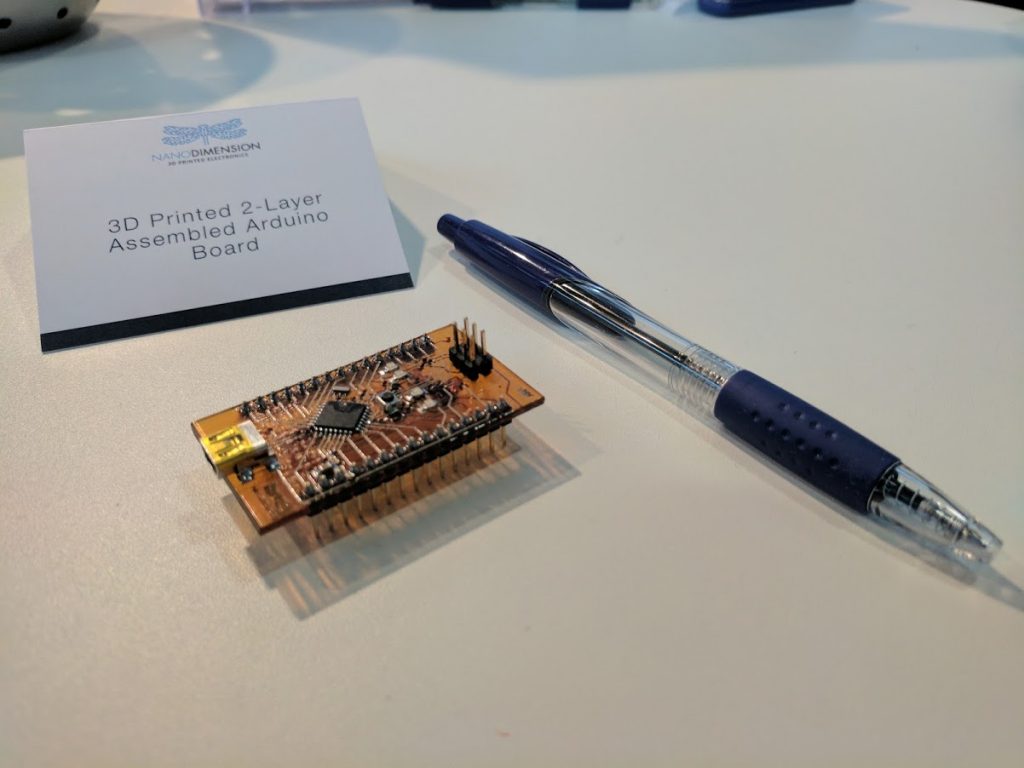In July, 3D printing leaks into popular culture, jumping on the back of Pokémon Go fever and the Tour de France. 3DPI also get under the skin of Israeli PCB printers Nano Dimension and we report on the launch of Dubai’s Future Accelerators program for tech startups.
3D printing becomes the popular kid in school
July 2016 saw the height of the Pokemon Go app with people rushing around on their phones, often in precarious conditions, to catch and collect all the creatures. MyMiniFactory’s designers were quick to come up with a solution for the perfect catch in a 3D printed viewfinder for mobile phones.

3D printing also found its way into testing for the Tour de France. Team Giant-Alpecin collaborated with the Delft University of Technology in the Netherlands to create the perfect aerodynamic bodysuit for cyclist Tom Dumoulin. After taking scans of Dumoulin in action, Giant-Alpecin and UT Delft 3D printed a life-sized mannequin of the cyclist that was used a stand-in for wind tunnel tests to his bodysuit.
Overall, Dumoulin performed well in the race, winning one of the stages for the first time, and coming in second before being forced to abandon after a crash in stage 19.
If the 3D printed technology is brought back in 2017 we’ll certainly be cheering him on right through the finish line!
Speeding into a digital future in Dubai
Before losing the momentum started in May with the 3D printed office, Sheikh Mohammed launched the Dubai Future Accelerators (also known as Dubai Future Foundation) in July 2016 – an initiative to bring tech startups to the city and kick-start the UAE’s technological future.

Dubbed by Dubai Future Foundation CEO Saif Al Aleeli as ‘not a traditional accelerator programme’, the Future Accelerators programme was launched with real-life challenges from 7 of Dubai’s authorities including water and electricity, and transport.
In December 2016, the initiative closed its first round with 19 out of 30 tech businesses still in the running to expand Dubai’s future. More authorities joined too, including the Department of Economic Development.
3DPI speak with co-founder of Nano Dimension
Nano Dimension (TLV:NNDM) is the Israeli company making waves in the industry with 3D printed circuit boards. The technology, as discussed in July’s interview with CBO Simon Fried, combines hardware (making the printer & boards), software (getting the printer to work) and chemistry (3D printable inks), making it a risky move for conventional funding. But this has not stopped them from thriving in such a competitive climate.

‘We’re comfortably printing multi-layer boards,’ says Fried, ‘we’re printing all of the features that you’d expect in a PCB’ which in July meant 8 layers, at a degree of 125 microns. To reach a goal of only 90 microns, and discover what the DrangonFly 2020 printer is capable of, Fried expressed that ‘It would be interesting to have one in for example in a place like the [MIT] Media Lab and to come back a year later’ and in the latter half of 2016, this has come true.
DragonFly 2020 printers are now undergoing beta tests in defence programs in Israel and the US, a large bank holding company, a Fortune 100 business and leading advanced manufacturing company FATHOM.
Featured image shows cyclist Tom Dumoulin posing for 150 DSLR cameras in preparation for 3D scanning. Photo via: Team Giant-Alpecin


